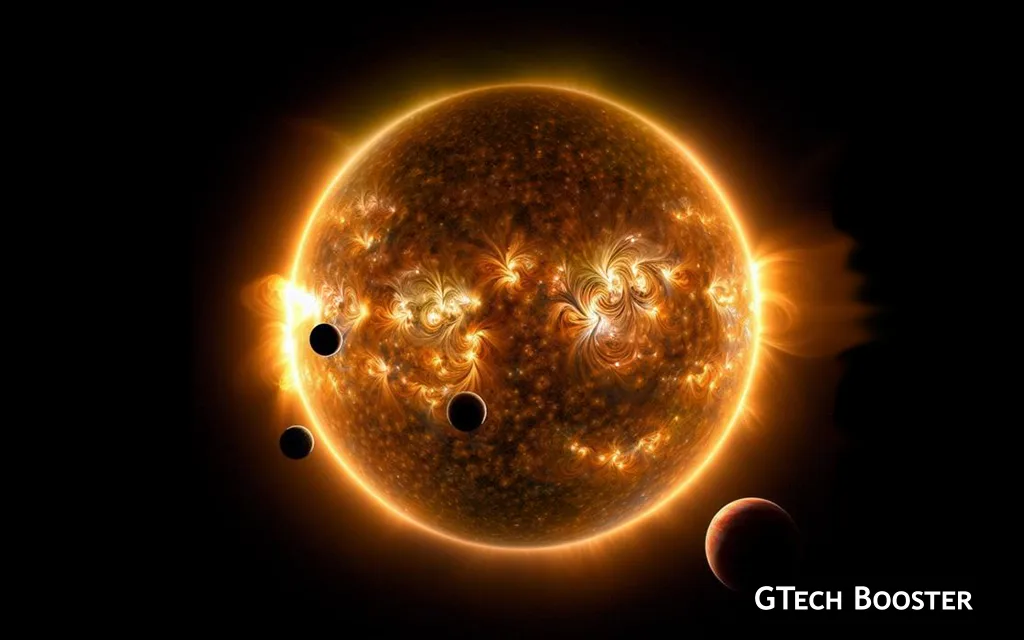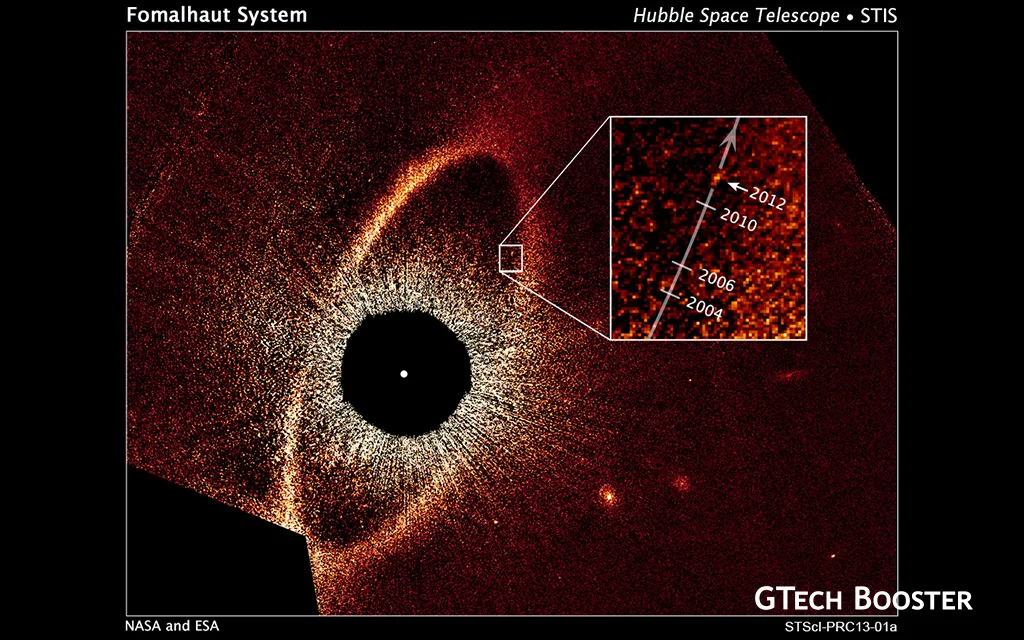6 exoplanets around a ‘misbehaving’ star

Astronomers have recently discovered a rare system of six young planets and a possible seventh that orbit around a “misbehaving” infant star. This system, located around 270 light-years from Earth, provides valuable insight into how planets form and evolve around an infant star.
The six, possibly seven, exoplanets orbit a relatively close dwarf star in the Milky Way called TOI-1136. The planets in the system, designated names between TOI-1136 b to TOI-1136 g, are classed as “sub-Neptune” planets. The smallest of the six confirmed worlds has a width twice that of Earth, while some of its sibling planets are as large as four times the size of our planet, around the size of the solar system ice giants Uranus and Neptune.

This discovery is significant as it offers a snapshot of what our cosmic neighborhood could have looked like around 4 billion years ago, providing astronomers with valuable information about the formation and evolution of planetary systems. The large number of exoplanets in the system has inspired scientists to investigate deeper, as few star systems have as many planets as this one does, making it comparable in size to our own solar system.
Whats are Exoplanets
Exoplanets, also known as extrasolar planets, are planets that orbit stars outside of our solar system. The discovery and study of exoplanets have opened up new frontiers in astronomy and have provided valuable insights into the diversity of planetary systems beyond our own. Exoplanets are often members of planetary systems with multiple planets orbiting a star. These planets interact with each other gravitationally and can form resonant systems where the orbital periods of the planets are in integer ratios.
Astronomers use various methods to detect and study exoplanets. These methods include the transit method, which involves observing the dimming of a star’s light as a planet passes in front of it, and the radial velocity method, which detects the wobbling motion of a star caused by the gravitational pull of an orbiting planet.
Exoplanet research focuses on understanding various aspects of exoplanets, including their atmospheres, interiors, formation mechanisms, habitability, and the search for potential signs of life or biosignatures. Advancements in technology, such as the development of space missions like NASA’s Transiting Exoplanet Survey Satellite (TESS) and the Kepler mission, have significantly contributed to the discovery and study of exoplanets. These missions have led to the identification of thousands of exoplanets and have expanded our understanding of planetary systems.
The study of exoplanets raises fundamental questions about the potential for life beyond Earth. Scientists are particularly interested in identifying Earth-like planets in other solar systems and studying their potential habitability.
The discovery of exoplanets and the ongoing research in exoplanet science continue to captivate the imagination of scientists and the public alike, offering a glimpse into the vast diversity of planetary systems in the universe.
The system’s similarity to the solar system could provide astronomers with insights into the early stages of planetary formation and evolution, shedding light on the processes that shaped our own cosmic neighborhood billions of years ago. This discovery is a testament to the ongoing advancements in exoplanet research and the potential for further insights into the diversity of planetary systems beyond our own.




